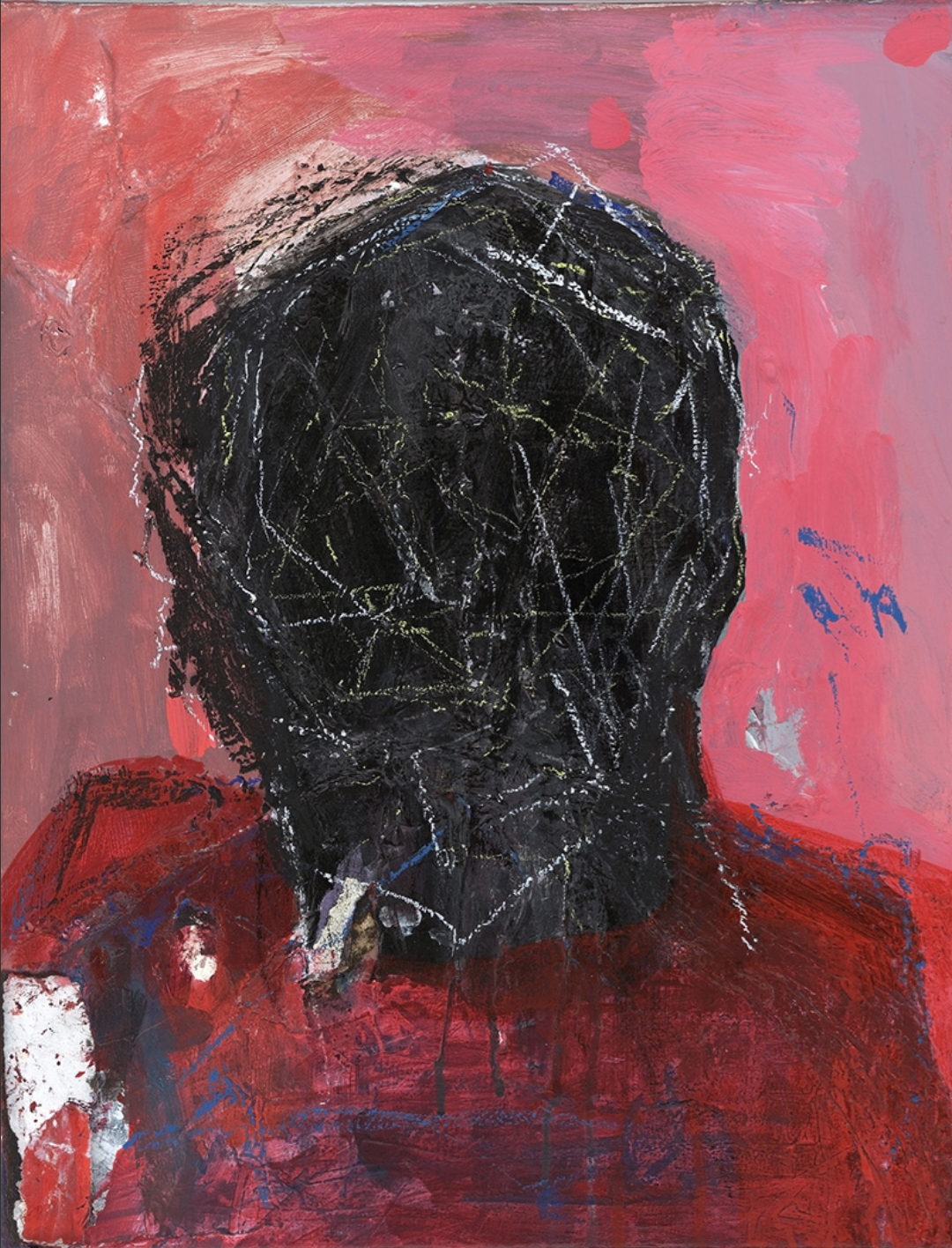
Non Portrait III, Askia Bilal, 2020
What does it mean to “manifest” something, or for something to “become manifest”? For those familiar with Islamic mystical terminology, the concept of tajallī may come to mind. Often rendered into English as “manifestation,” tajallī denotes the appearance or disclosure of the divine names in physical forms. Similar to the notion of “theophany” in other religious traditions (with the philosopher Henry Corbin taking tajallī to be a synonym of just that),1 it means passively experiencing God “manifesting” Himself in the world. But “manifestation” has come to mean something rather different in the realm of contemporary popular spirituality—especially on its digital interfaces. Most prominently on the social media app TikTok, it refers to a popular trend consisting of supposedly supernatural means of attracting money, good grades, more followers, or even a wholesale “dream life.” A semantic inversion of tajallī, this kind of manifestation is the pursuit of bringing one’s own desires into the world.
With over twelve billion views to date, the hashtag “manifestation” on TikTok offers various methods for turning one’s dreams into reality. These range from simple “visualization” activities to complex rituals such as “scribing” or “scripting” (that is, writing out) a desired outcome on paper, which is later destroyed, sometimes with the aid of symbols or sigils. The practitioners of these manifestation techniques believe that, with the aid of unseen supernatural forces (the nature of which they seldom explicate), what they seek will become “manifested” in their lives. Many claim to have yielded, among other things, large sums of money through such techniques, in turn often attracting hundreds of thousands of followers. In one video, for example, a young serial manifester delineates how to scribe as follows: “[P]lay pretend and write a journal entry from the perspective of you living your dream life… go into this as if you have already created all of what you want to create in your life and how happy and how grateful you are.”
The performance of manifestation rituals on TikTok usually commences with a stated intention. At first glance, this procedure might appear to resemble another concept within Islam—namely, the niyyah, the declaration of one’s intention to worship God before commencing daily prayers or pilgrimage. The nature of this intention contrasts sharply with that of the average TikTok manifester, and the difference between the two is telling; while the niyyah signifies a submission of the self to God and His will, the TikTok manifester’s intention is a commitment to actualizing one’s personal will. The manifester, wishing to be free from the predestined and unpredictable conditions of life, intends to subvert the powers that be, redirecting them toward the end of self-servitude.
This sort of “manifestation” perfectly represents the reign of the nafs: the temperament exhibited by contemporary spirituality whereby attempts to rekindle a sense of transcendence revolve solely around the ego (the nafs in the Islamic tradition). The ideological seeds for this spiritual individualism were sown during the Protestant Reformation and the European Enlightenment, were developed through the psychoanalytic movement, and bore fruit in the more recent New Age movement. This genealogy represents the gradual demise of a shared metaphysical aspiration toward the objective in favor of that which is relative and ultimately subjective; thus, self-manifestation can be thought to mirror the developments of modern and postmodern Western philosophy between the eighteenth and twentieth centuries.
These subjective tendencies have been exacerbated by what can be called “digital spirituality,” the latest wave of the New Age that has, thanks to the tidal forces of TikTok algorithms, arrived on the shores of internet subcultures. As the popularity of the “manifestation” hashtag shows, the defining characteristic of such spirituality is that it is driven by servitude to the ego as well as to personal desires for material possessions and popularity. In light of this, we ought to understand why the digital environment in particular appears to be so conducive to these tendencies and how the very wiring of technology enables nafs-oriented spirituality.
Ibn ¢Arabī invokes the concept of ightirār (deception) to encompass the illusory quality of these experiences, which many forms of digital spirituality resemble. One is the state in which the subject is drawn to “prefer his own intention” over that of God corresponds perfectly to the objectives of “manifestation” (in digital spirituality) that invert the Islamic ideal of the intention or niyyah. Another is that Ibn ¢Arabī’s comments on altered states of consciousness sought for their own sake or those born out of “the disorder of the bodily constitution” apply to reality shifting on TikTok, which, despite appearing less worldly than manifestation (being oriented toward seemingly metaphysical realms rather than material rewards) is nonetheless mental and therefore mundane. Both practices (manifestation and reality shifting) fall into this category, tantalizing the nafs in a way that is characteristic not only of modernity, and specifically modern spirituality, but also of the nature of technology itself. Encoded in the interfaces of smartphones is the capacity to “ontologically extend” the very lower self that traditional Islamic spirituality seeks to overcome.
In 1990, the sociologist Thomas Luckmann remarked that “the span of transcendence is shrinking”;9 since then, it seems the parameters of the mystical or the magical have continued to shrink, at least where privatized, digitized spiritualities are concerned. Yet, this trajectory may not necessarily be fixed; it could be that, in other ways that have yet to be explored, technology could offer a means to re-enchant, though perhaps not in the way that the early pioneers of cyberspace envisioned.
The artwork above is by the American visual artist Askia Bilal (askiabilal.art), whose work is inspired by a variety of intellectual and aesthetic traditions, from Sufi poetry to Greek and Roman mythology, from Platonic philosophy to hip hop.